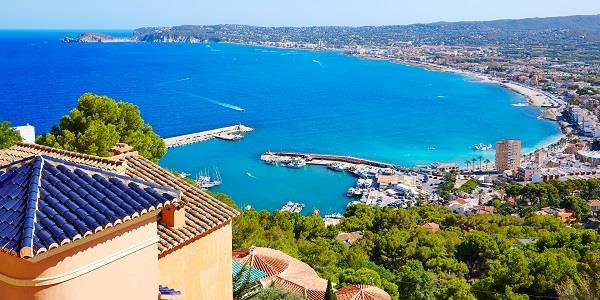
Hogmanay is a big deal in Scotland. Up here the New Year’s Eve celebrations are abundant and always lively: big cities, small towns and little country pubs alike, go all out this evening, welcoming in the year to come.
Throughout the world, Scotland is famous for its exuberant celebrations on the 31st December. More often than not they will start early and span the entire day, reaching right into the evening and, usually, straight through into January 1st as well, with drinking, eating and laughing amongst family and friends. January 2nd is a Scottish Bank Holiday, so it isn’t unusual for the event to last three days! During this time you will find that people often visit family members and exchange gifts.
Celebrate like Vikings
It is believed that the Hogmanay celebrations in Scotland date right back to the Viking period when the Winter Solstice and the passing of the shortest day in late December was a cause for celebration. It incorporated aspects of the Gaelic Samhain celebration and would bring with it wild parties right through the night, and the kinds of extensive festivities that have continued to be a tradition today.

The Vikings wouldn’t have celebrated Christmas, they instead had Yuletide which was a longer period of celebration, for about a month in midwinter. It culminated in feast days and this could be why present giving and food sharing is involved.
There are many theories behind the origins of the name itself. One is that it could be a derivative of an old Gaelic phrase that was carried through to the Viking age. It has been theorised that the pronunciation of certain phrases in New Year’s Eve songs could very easily have become ‘hogmanay’, such as thog mi an èigh (I raised the cry) which would roughly have been pronounced ‘hog mi nea’.
Traditions
Visiting
There is a rather nice custom known as the ‘first foot’. Tradition goes that the first person to step through your door brings with them good luck for the rest of the year. It is usual for them to bring a symbolic gift such as whisky or shortbread, which is then shared with the other guests. Nowadays first-footing can continue on right into January.
Fire
Torchlight or bonfire ceremonies are also fairly common. Usually the larger towns and cities will have an organised parade through the streets with lit torches and there will probably be a firework display at the end of it. Some say that the symbol of fire on New Year’s Eve is a lighting of the way from one year to the next or a burning away of the old to make way for the new.

Auld Lang Syne
Auld Lang Syne is a Scottish poem by Robert Burns. It’s become such a recognised tradition of New Year’s Eve to sing the song after the stroke of midnight on the 31st that other countries and cultures have adopted it into their own celebrations too. The song usually starts up after the midnight fireworks, everyone joins hands and sings together to bid the old year goodbye.
Find out how to stay in our fabulous property in Scotland. Simply enter your details at the bottom of the page to receive a free brochure.

